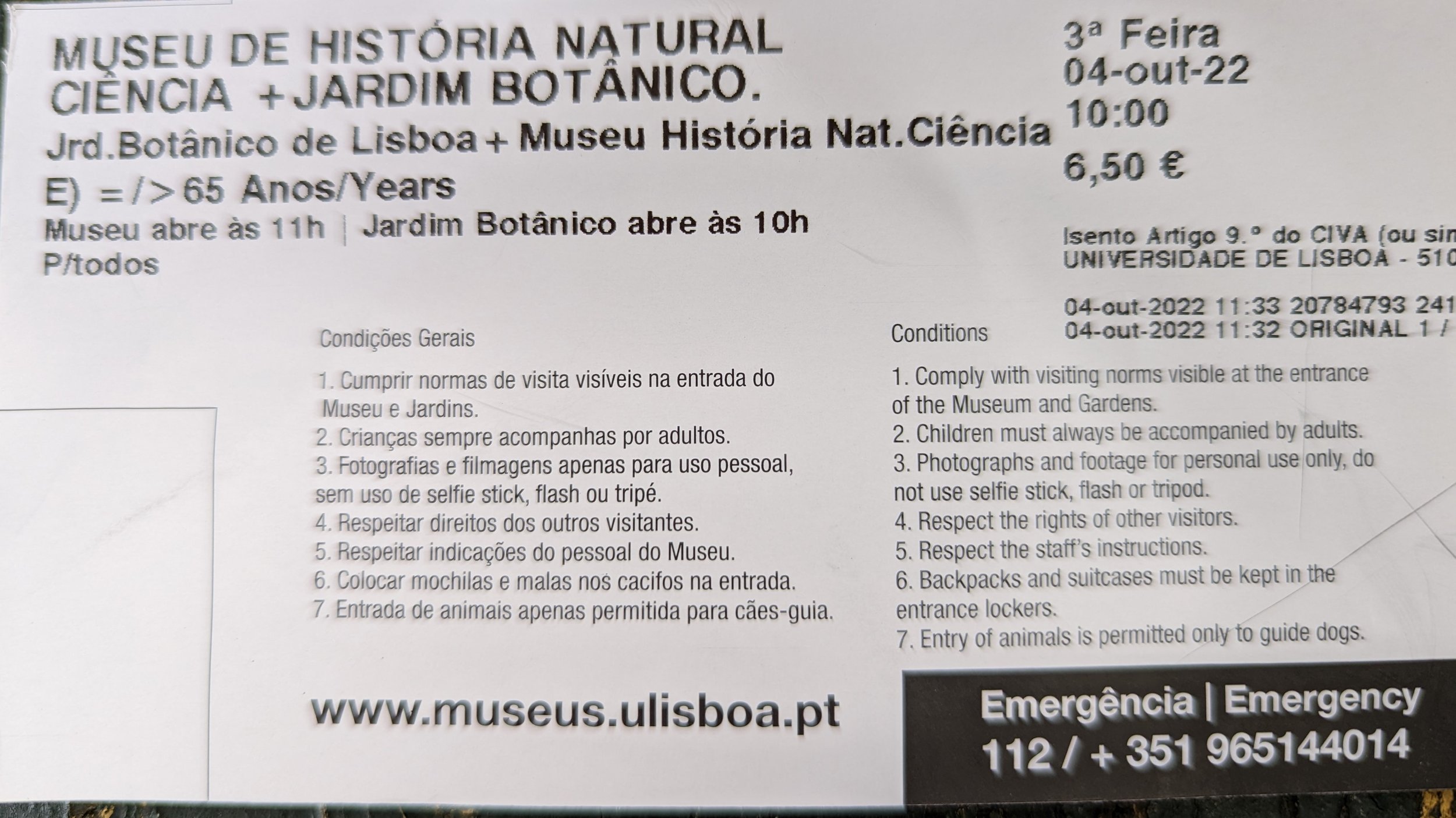Pilot Blocks
Back before airlines had computers that could micromanage schedules, there was more time for aircrew to enjoy cities where they were laying over between trips. Before the days of Uber, and in cities where there weren't really any cabs, if you wanted to get somewhere you had to walk. So the common question among fellow crewmembers was, “How many blocks is it to get there?”
In Las Vegas, walking from the MGM Grand to the Stratosphere would be three pilot blocks. In New York, starting in Chinatown, it would take you about four pilot blocks to get to Central Park South. It was accepted practice among aircrew members to program into their planning how many pilot blocks something might be from something else. Today I walked four or five pilot blocks around Lisbon. Tomorrow I set out in earnest on the Camino. It'll be a short day. No more than three and a half pilot blocks.
Today was supposed to be museum day. Unfortunately, the art museum I wanted to visit, the Museu Calouste Gulbenkian, was closed on Tuesday. My fault for not checking in advance. Instead, I wound up in the Museum of Science and Natural History. Getting there was a great walk through parts of the city I hadn't seen before. There are frequent nods to the area’s history and culture, as opposed to everything looking modern. From old signage at subway stations, to cobbled streets bisected by trolley tracks, the flavor of an older Lisbon remains.
One of the things that caught my eye was how some younger people were walking the streets in black capes. There would be one or two, here and there, until I came across a group of them in a park. I got a big wave-off from an adult member of the group as I tried to take pictures. It turns out that college freshmen wear capes as part of their initiation and I had stumbled upon one of their rituals.
One of the best parts of traveling is gaining perspective. Having grown up with access to the New York City Museum of Natural History and trips to the Smithsonian in Washington, DC, the bar was set pretty high on my expectations for what a museum should be. The National Museum of Natural History and Science was housed in an old laboratory and science center. Lots of the building was unused and not very well lit. The exhibits themselves ran from an array of preserved birds, to displays of minerals, mechanical devices, and garage-sale electronics boards.
Here's the really cool thing. There were school children on a tour of the facility while I was there, and they were amazed. They stared in wonder and listened intently to the museum employee who explained what they were seeing. My Portuguese is not nearly good enough to understand what was being said, but you did not need language school to see the impact in the eyes of the children. There were lots of things for them to touch and move and crank and immerse themselves in. There were interactive devices so the young visitors could see what a lever is, or what a block and tackle could do. It was clear that the museum was fulfilling its purpose.
Learning always makes me hungry. The next stop was lunch. This time I just looked around for someplace busy with locals. I found it about a half mile from the museum— a very basic place with simple wooden tables and absolutely no sound dampening. I opted for the cod. I haven't figured out why the same fish I eat at home is boneless, and over here I spend half my time at the table picking out bones from the meat. I'm not complaining. It was delicious and cheap.
The next part of my day was occupied with what should have been a simple errand. The battery for the remote in my selfie stick was dead. It's important to point out that I never used the device during the entire Camino de Frances. But, this time I'm traveling alone and I might actually need it. Who knew that trying to find a 1632 lithium battery would be so difficult. It took eight stops at hardware stores, groceries, camera stores, and finally a computer shop to find one. Now I have to use the selfie stick in order to justify the effort. It did give me an opportunity to see parts of the city that are not on the tourist list.
The rest of the day I hit a few places to make sure I have everything needed for the journey. I'll wake up a little earlier to secure everything in place, because bag pickup is 8:00 a.m. sharp. Even though tomorrow is not one of the longer days, I really don't want to carry my full backpack. I'm actually looking forward to working with trekking poles again. They make a real difference on my knees and lower back. It's not necessarily that I'm old. I've just worn a lot of parts out.







